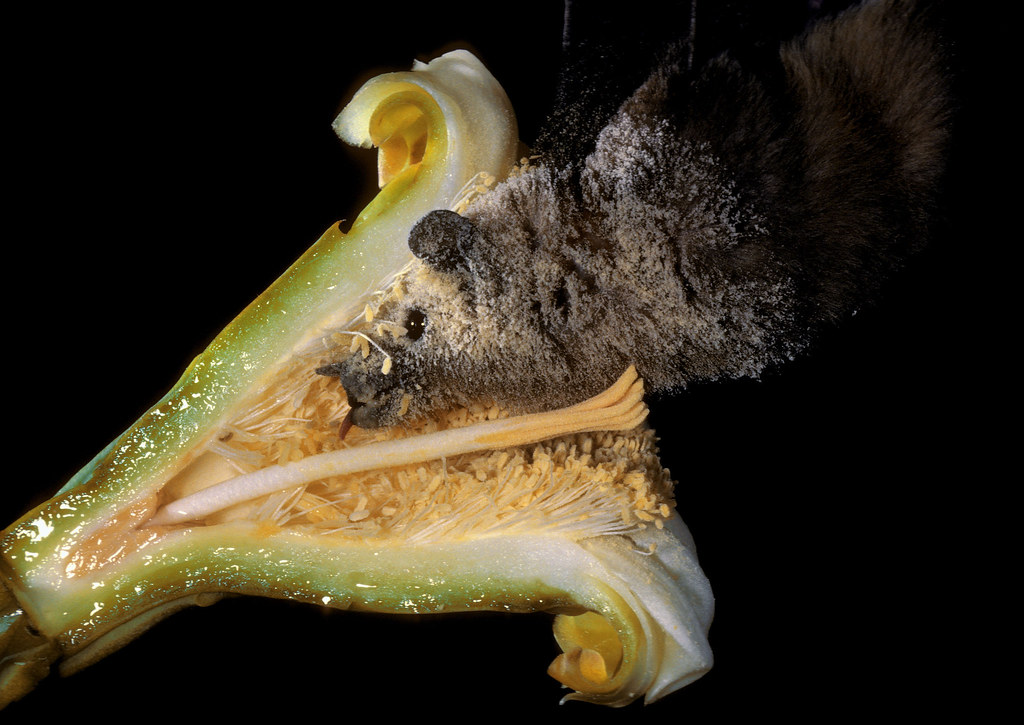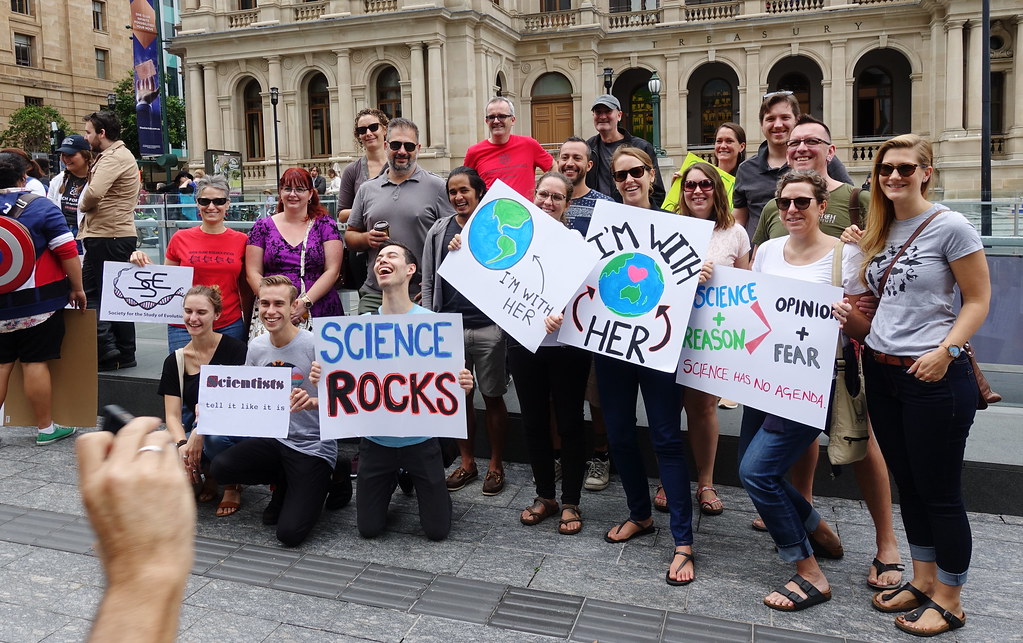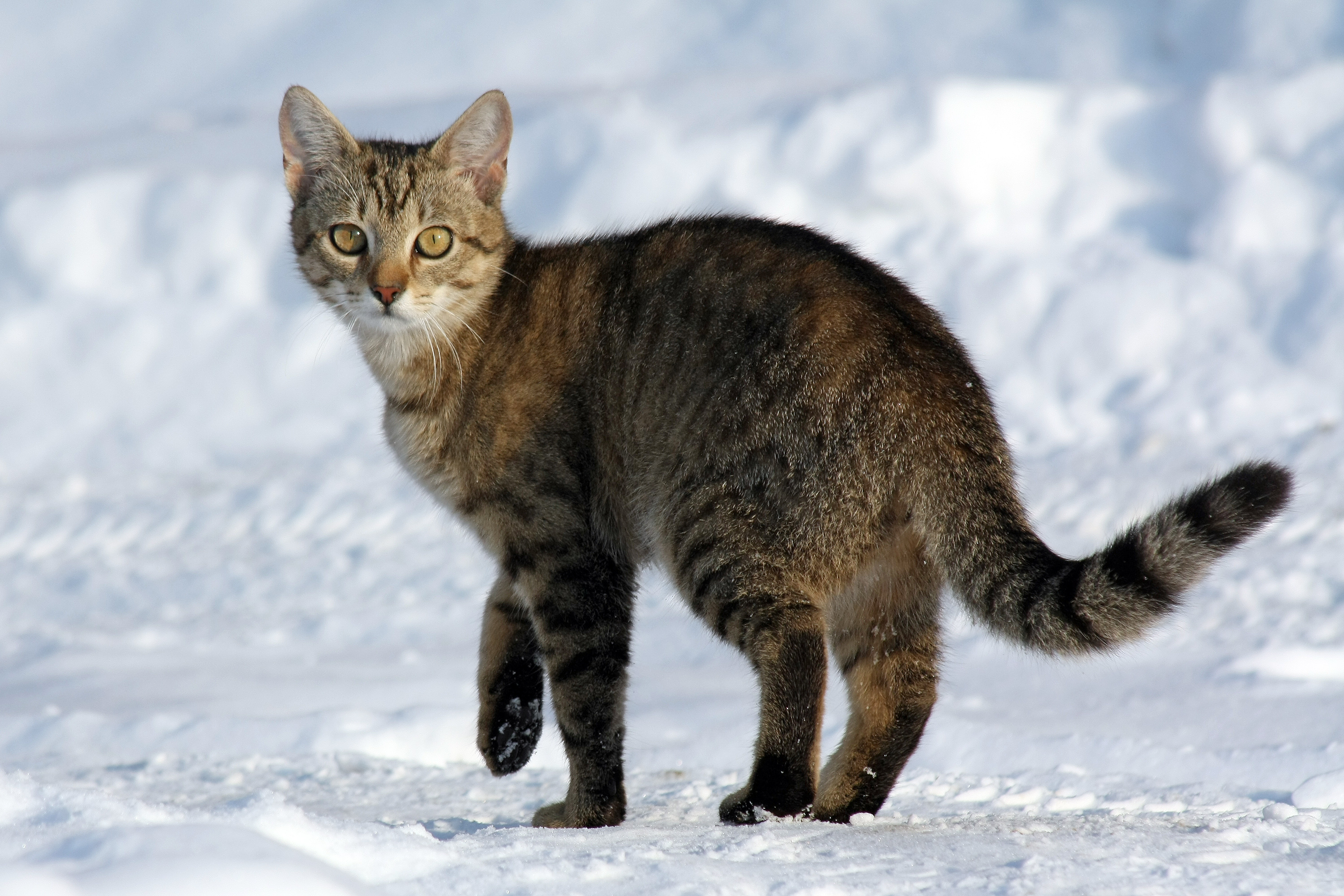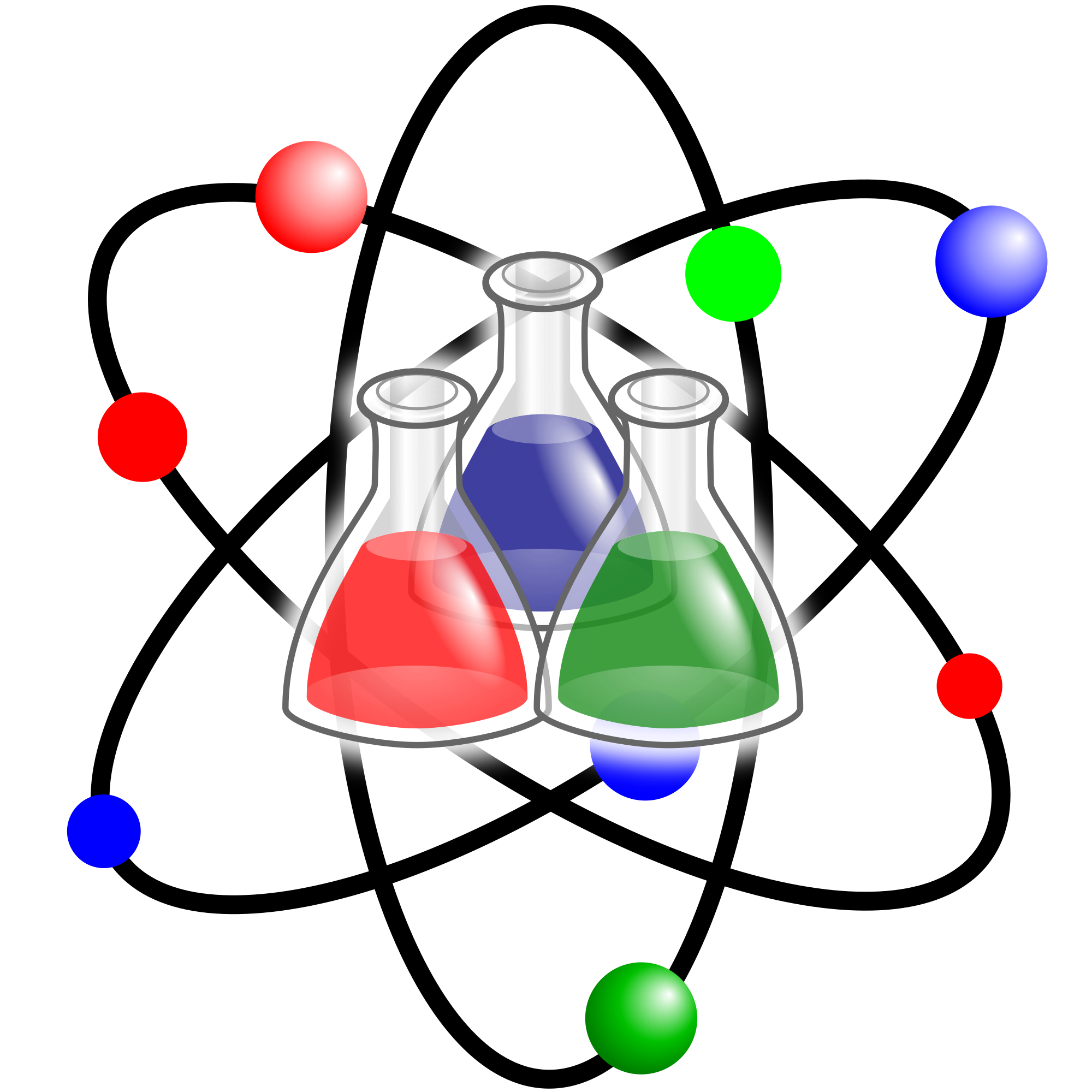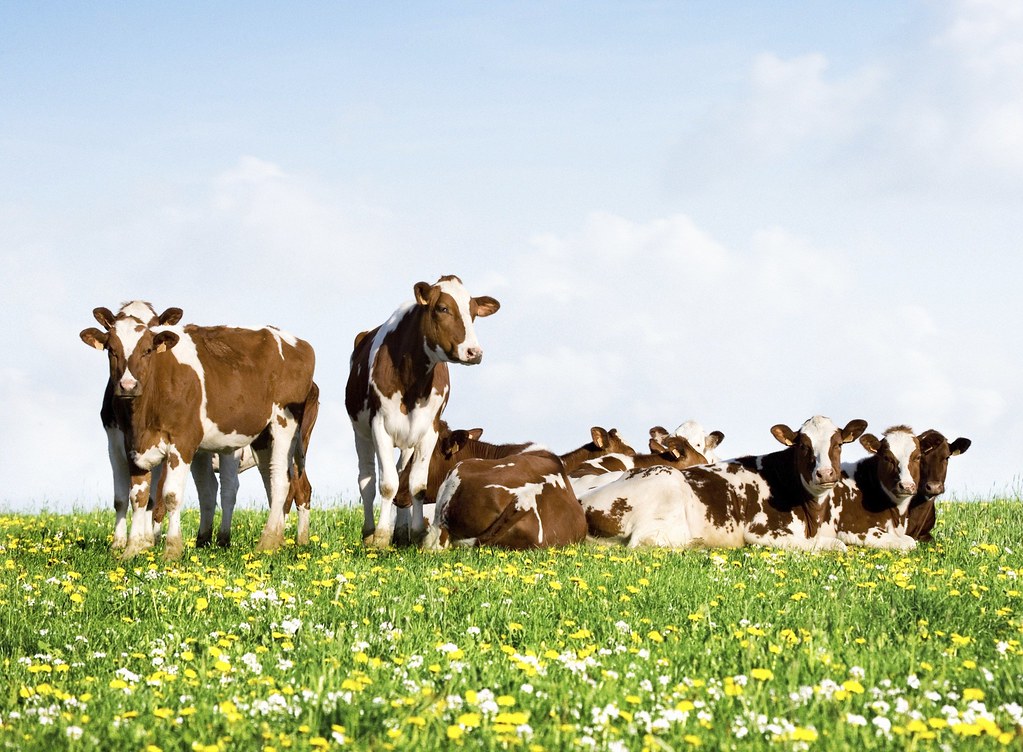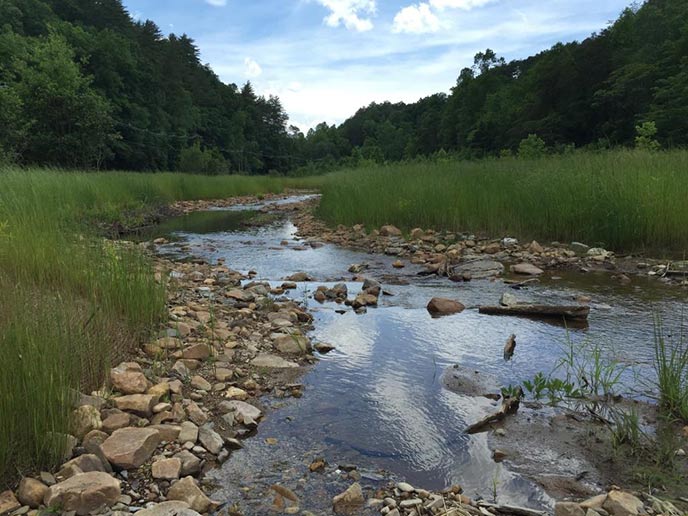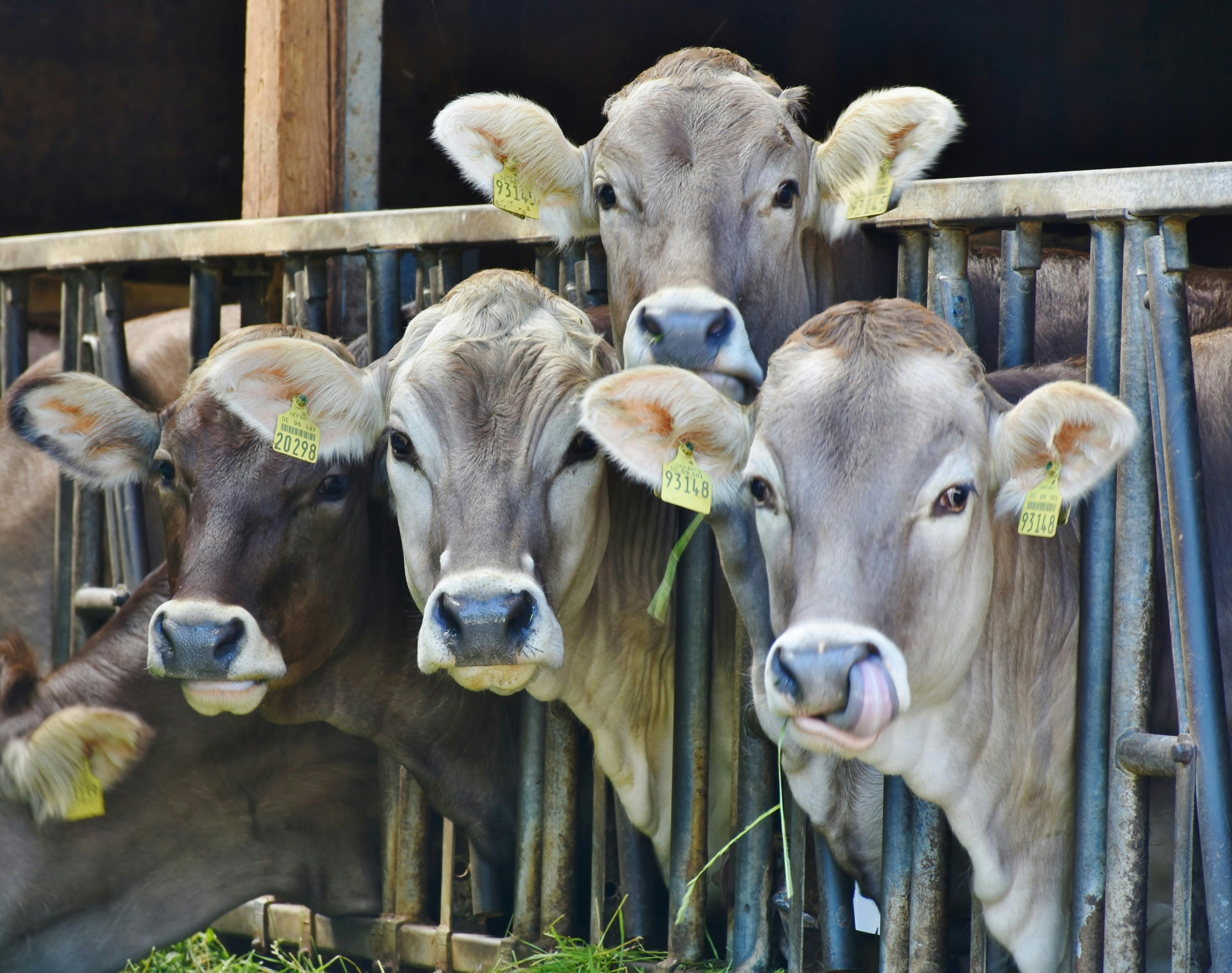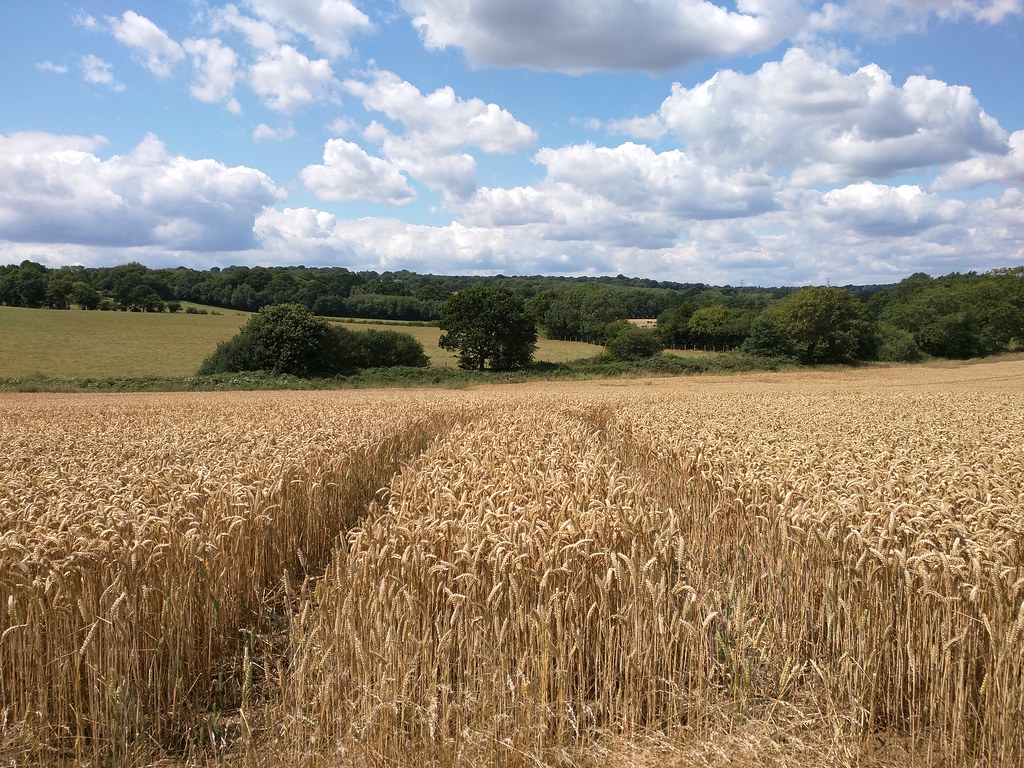
Environmental & Science Education
Culture
Society
Behavior
Edward Hessler
Here is a take on the process of the domestication of one of our most common and loved co-inhabitants of homes and apartments and sometimes office, stores, libraries, trains, etc.
How Cats Tamed Us provides some fodder for thought, speculation and behavior, increasing, I think the wonder of the world.
So, is there scientific evidence for this?
Yep, there is. I recommend this short report from the Cummings School of Veterinary Medicine at Tufts University. One thing it notes is that there are at least 74 million kittehs/moggies/cats in U.S. homes.
I know three of them: Daisy, Black Velvet/Cocoa and Agatha. One a scaredy-cat (but becoming less so, sort of), one who loves a belly rub, and one, a great fuzz of a Maine Coon Cat who has her own tricks to play. One was a stray found at the side of a bike trail just a few weeks old and brought home in a backpack The other two are from Feline Rescue, a no-kill shelter.

 CGEE Student Voice
CGEE Student Voice